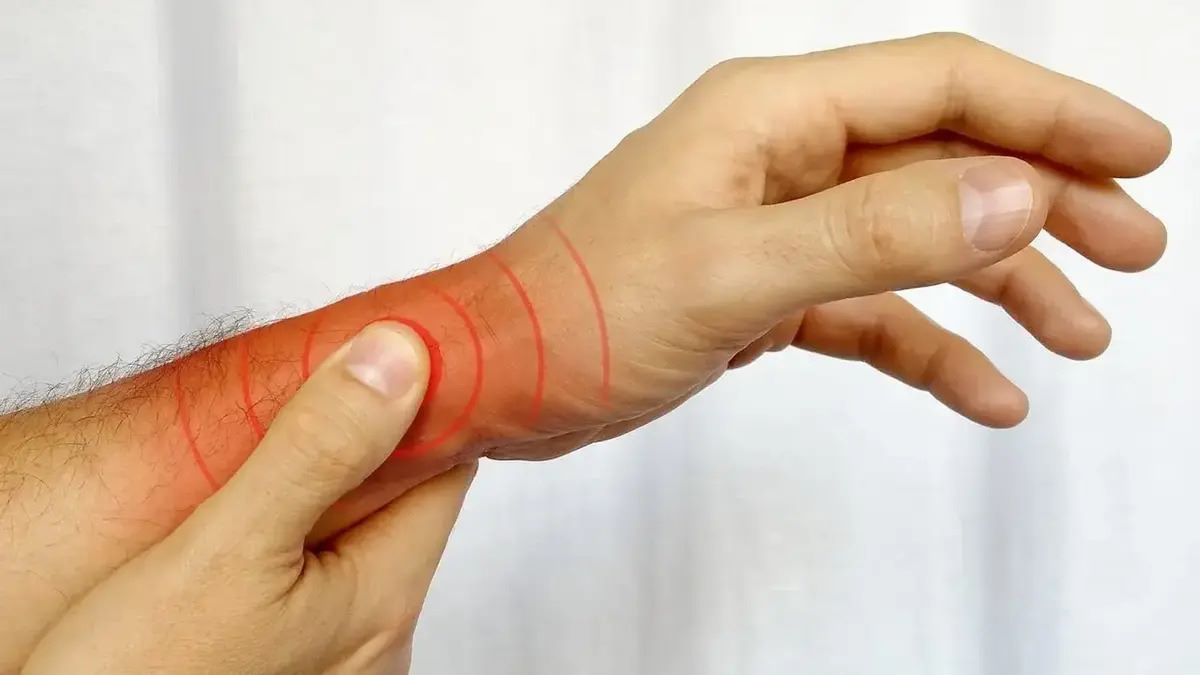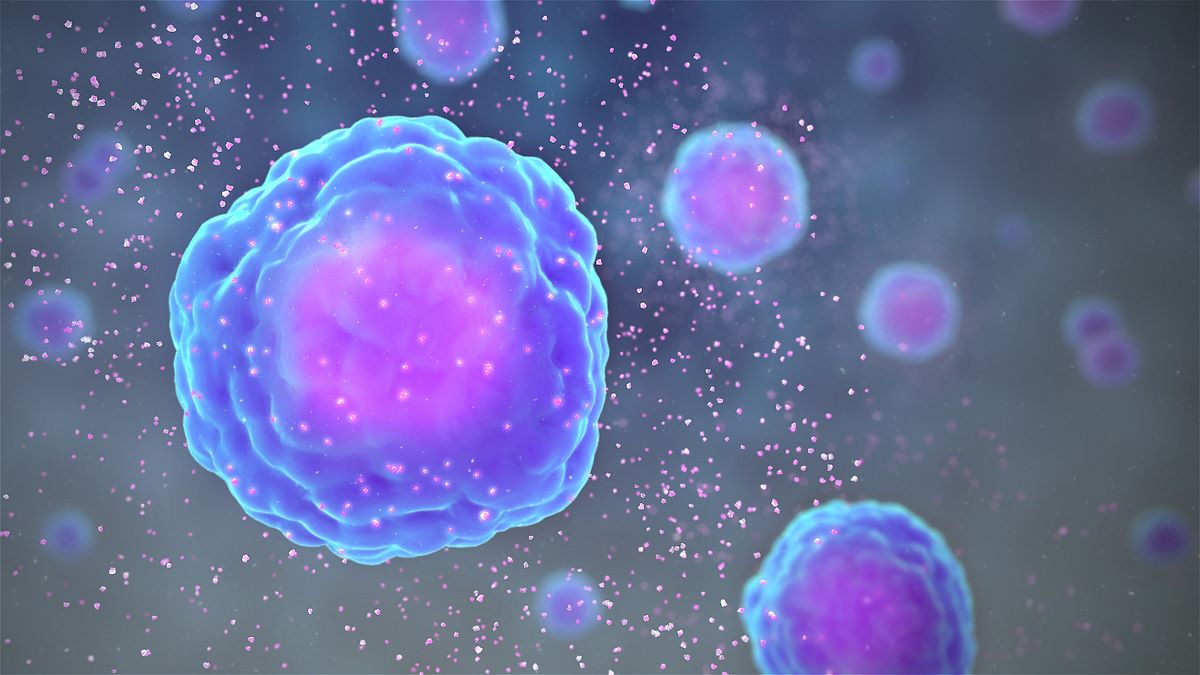
De Quervain Syndrome can be a real pain, literally! Ever felt a sharp sting in your wrist or thumb when lifting something or even just turning a doorknob? You might be dealing with this common condition. De Quervain Syndrome affects the tendons on the thumb side of your wrist, making simple tasks feel like a Herculean effort. But don't worry, you're not alone. Many people experience this, especially new parents and those who perform repetitive hand movements. Understanding the causes, symptoms, and treatments can help you manage and even prevent this pesky problem. Ready to learn more? Let's dive into 20 facts about De Quervain Syndrome that will arm you with the knowledge you need!
What is De Quervain Syndrome?
De Quervain Syndrome, also known as De Quervain's tenosynovitis, is a painful condition affecting the tendons on the thumb side of your wrist. It can make simple tasks like gripping or pinching quite challenging. Here are some interesting facts about this condition.
-
De Quervain Syndrome is named after Swiss surgeon Fritz de Quervain, who first identified the condition in 1895.
-
The condition primarily affects the tendons of the abductor pollicis longus and extensor pollicis brevis muscles.
-
It is often caused by repetitive hand or wrist movements, such as those performed by new parents, hence the nickname "mommy thumb."
Symptoms of De Quervain Syndrome
Recognizing the symptoms early can help in managing the condition effectively. Here are some common signs to look out for.
-
Pain and tenderness at the base of the thumb are the most common symptoms.
-
Swelling near the base of the thumb can also occur, making it difficult to move the thumb and wrist.
-
A "sticking" or "stop-and-go" sensation in your thumb when moving it.
Risk Factors for De Quervain Syndrome
Certain activities and conditions can increase the likelihood of developing De Quervain Syndrome. Knowing these can help in taking preventive measures.
-
Women are more likely to develop this condition than men, particularly those between the ages of 30 and 50.
-
Jobs or hobbies that involve repetitive hand and wrist motions, such as gardening, playing musical instruments, or knitting, can increase the risk.
-
Pregnancy and postpartum periods are also risk factors due to hormonal changes and the physical demands of caring for a newborn.
Diagnosis of De Quervain Syndrome
Proper diagnosis is crucial for effective treatment. Here are some methods used by healthcare professionals to diagnose this condition.
-
The Finkelstein test is commonly used, where the patient makes a fist with the thumb tucked inside the fingers and then bends the wrist towards the little finger.
-
Ultrasound imaging can help visualize the inflamed tendons and confirm the diagnosis.
-
In some cases, X-rays may be used to rule out other conditions like arthritis or fractures.
Treatment Options for De Quervain Syndrome
Various treatment options are available to manage and alleviate the symptoms of De Quervain Syndrome. Here are some common methods.
-
Resting the affected hand and wrist is often the first step in treatment.
-
Nonsteroidal anti-inflammatory drugs (NSAIDs) like ibuprofen can help reduce pain and swelling.
-
Wearing a thumb splint can immobilize the thumb and wrist, allowing the tendons to heal.
-
Corticosteroid injections may be administered to reduce inflammation and pain.
-
Physical therapy exercises can strengthen the muscles around the thumb and wrist, improving flexibility and reducing symptoms.
-
In severe cases, surgical intervention may be necessary to release the pressure on the tendons.
Prevention of De Quervain Syndrome
Taking preventive measures can help reduce the risk of developing De Quervain Syndrome. Here are some tips to keep in mind.
-
Avoid repetitive hand and wrist movements whenever possible, or take frequent breaks to rest your hands.
-
Use ergonomic tools and equipment to minimize strain on your hands and wrists.
By understanding these facts about De Quervain Syndrome, you can better manage and prevent this painful condition.
Final Thoughts on De Quervain Syndrome
De Quervain Syndrome, though often overlooked, can significantly impact daily life. Understanding its causes, symptoms, and treatments helps manage this condition better. Repetitive hand movements, like texting or typing, often trigger it. Symptoms include pain and swelling near the thumb. Early diagnosis and treatment, such as rest, splints, or physical therapy, can prevent worsening. In severe cases, surgery might be necessary. Simple lifestyle changes, like ergonomic tools and regular breaks, can reduce risk. Awareness and proactive measures are key to maintaining hand health. If you suspect you have De Quervain Syndrome, consult a healthcare professional for proper diagnosis and treatment. Taking care of your hands ensures they stay functional and pain-free. Stay informed, stay healthy!
Was this page helpful?
Our commitment to delivering trustworthy and engaging content is at the heart of what we do. Each fact on our site is contributed by real users like you, bringing a wealth of diverse insights and information. To ensure the highest standards of accuracy and reliability, our dedicated editors meticulously review each submission. This process guarantees that the facts we share are not only fascinating but also credible. Trust in our commitment to quality and authenticity as you explore and learn with us.


